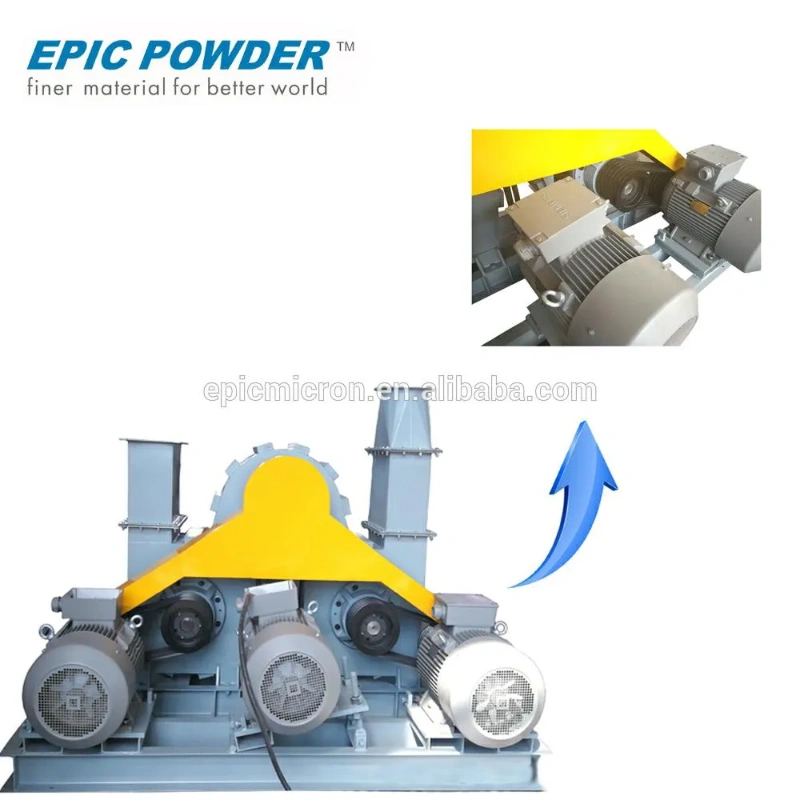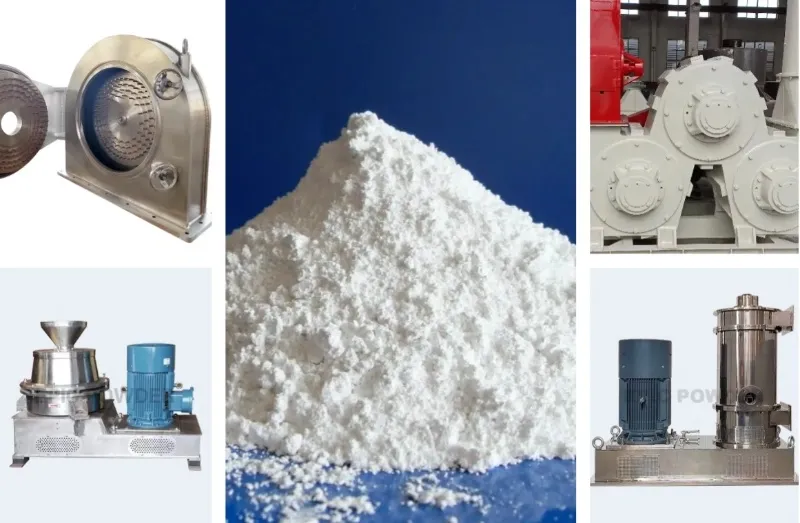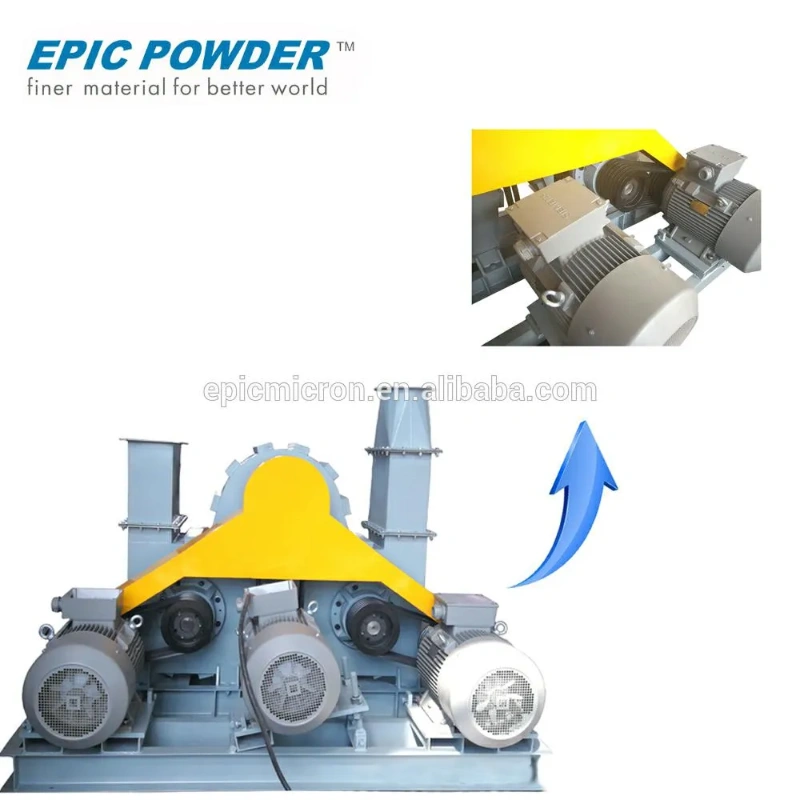Ultrafine calcium carbonate refers to calcium carbonate particles with a size of 0.02–0.1 μm. It is a cost-effective nanomaterial with size effect and surface effect.
It shows excellent reinforcing ability, transparency, dispersibility, thixotropy, and leveling performance. Especially ultrafine active calcium carbonate, as a functional filler, significantly improves product quality through toughening and reinforcement.
As calcium carbonate particles get smaller, their surface energy increases. This strengthens the adsorption between particles. It causes severe agglomeration, which limits its industrial applications.
Therefore, surface modification of ultrafine calcium carbonate to produce active calcium carbonate, enhancing its compatibility with organic matrices, has become the key to improving its application performance.
The surface modification methods of ultrafine calcium carbonate can be divided into two main categories.
Physical surface modification mainly includes coating and adsorption.
Chemical surface modification covers substitution, polymerization, and grafting.
Common methods are local chemical reaction, surface coating, mechanochemical, high-energy radiation, and masterbatch filler modification.

Local Chemical Reaction Modification
This method uses functional groups on the surface of ultrafine calcium carbonate to react with surface modifiers (such as organic agents, inorganic agents, and coupling agents) to achieve modification. It includes dry process and wet process:
- Dry Process:
The ultrafine calcium carbonate and modifier are mixed in a high-speed kneader. This method is simple and cost-effective, suitable for coupling agents, but the uniformity of coating is limited. It is mainly applied when high product quality is not required. - Wet Process:
Involves adding modifiers into ultrafine calcium carbonate suspension under controlled temperature. The modifier coats the calcium carbonate surface to form a double-layer structure. Compared with the dry process, it offers better uniformity but has a more complex process. Water-soluble surfactants such as fatty acids and their salts are commonly used.
Local chemical reaction modification often combines different modifiers (coupling agents, inorganic and organic agents), preventing nanoparticle agglomeration, improving particle size distribution and flowability, and enhancing mechanical performance.
Surface Coating Modification

This method coats particles with surfactants or other agents through physical forces such as van der Waals interaction, without chemical reactions. During nanoparticle preparation, surfactants can coat calcium carbonate simultaneously, producing uniform nanoparticles.
Mechanochemical Modification
This method applies strong mechanical forces to activate the particle surface, altering its crystal structure and surface properties, and improving reactivity with organic/inorganic modifiers. It is cost-effective and simple, but more effective for larger particles than nanosized calcium carbonate. For nanoparticles, combining mechanochemical methods with other techniques enhances surface modification efficiency.
High-Energy Surface Modification
High-energy radiation (X-ray, γ-ray) or plasma treatment is used to activate the surface, creating active sites for graft polymerization with reactive monomers, forming an organic coating layer. Plasma modification offers high temperature, high energy density, and the ability to initiate reactions difficult under conventional conditions. However, due to high costs, process complexity, and unstable results, industrial application is limited.
Masterbatch Filler Modification
This method mixes resin masterbatch, calcium carbonate, and surfactants, followed by blending, plastification, and granulation. During masterbatch preparation, surface modification occurs simultaneously, improving dispersion and compatibility with resins. It prevents agglomeration, enhances mechanical stability, and simplifies production. Functional fillers can also be added to prepare specialized functional masterbatches.
Epic Powder
At Epic Powder, we provide advanced powder surface modification equipment that integrates efficient mixing, uniform coating, and real-time process control. Our systems are specifically designed for ultrafine calcium carbonate, ensuring high activation rates, stable product performance, and scalability from laboratory to industrial production. By combining our 20+ years of expertise with innovative mechanochemical and thermal modification technologies, Epic Powder helps customers achieve enhanced compatibility, improved dispersion, and superior material performance for plastics, rubber, coatings, and more.
